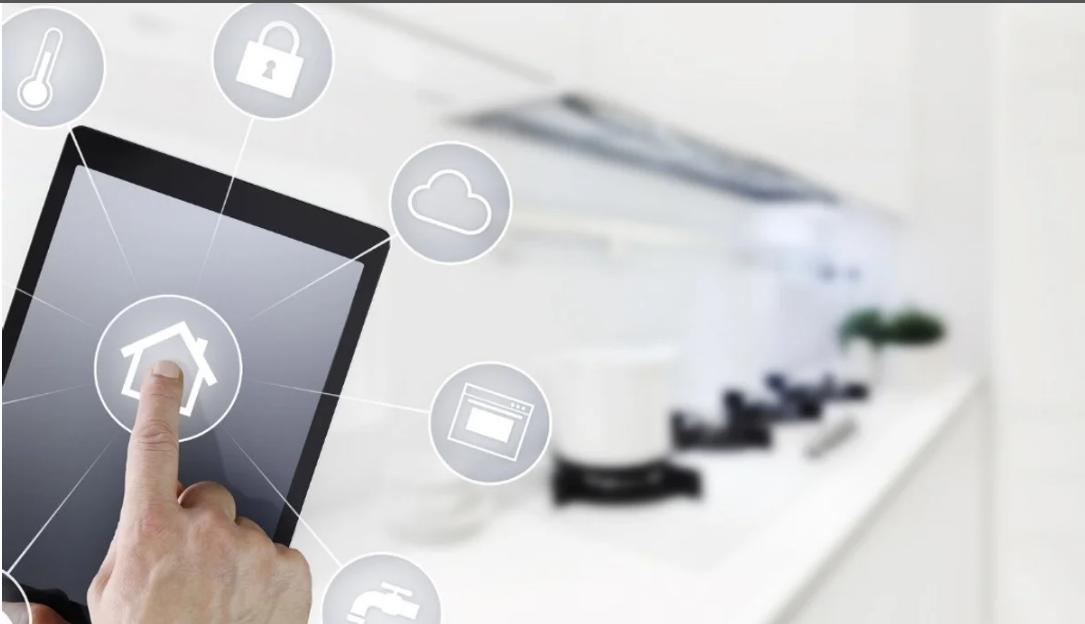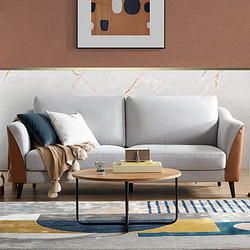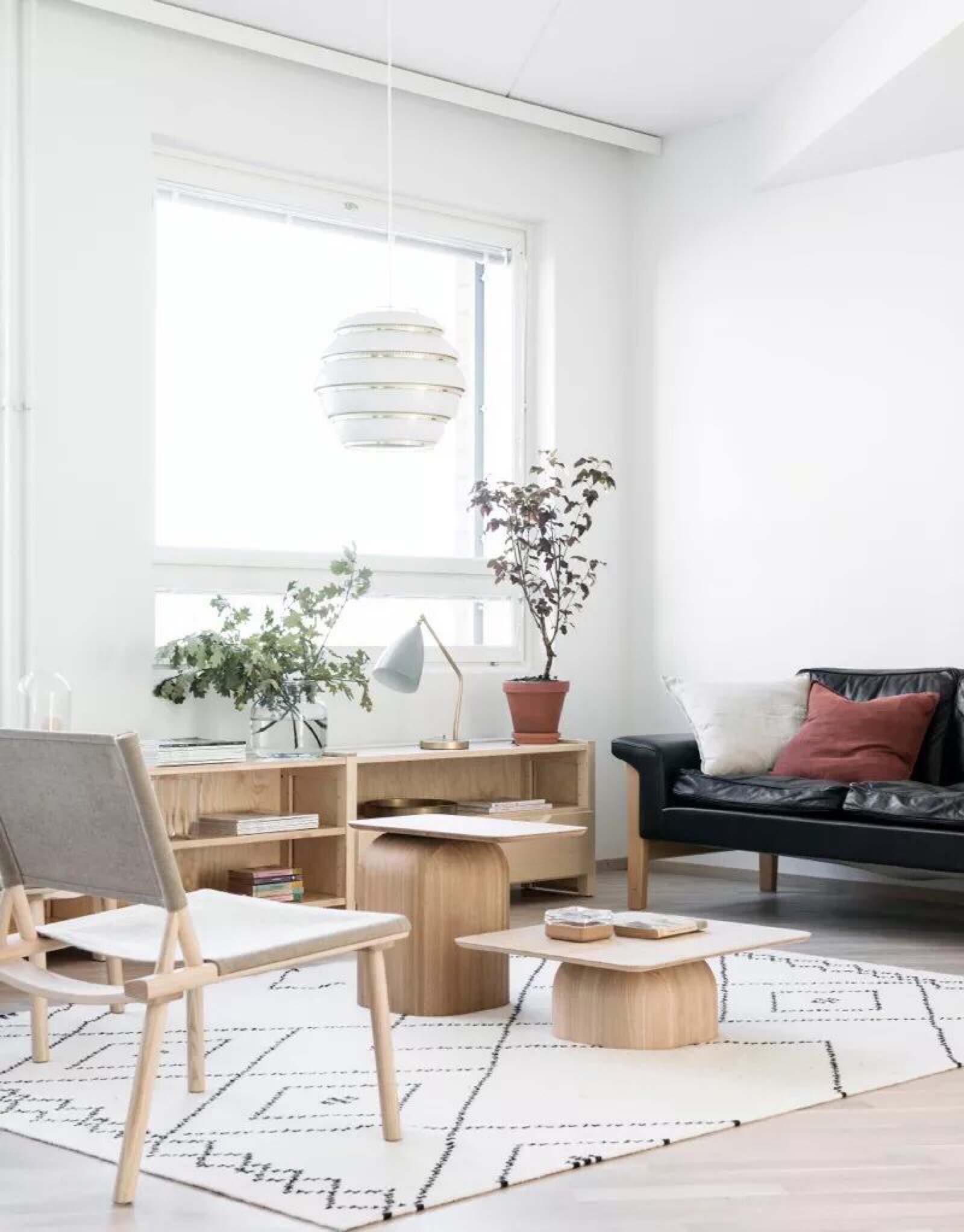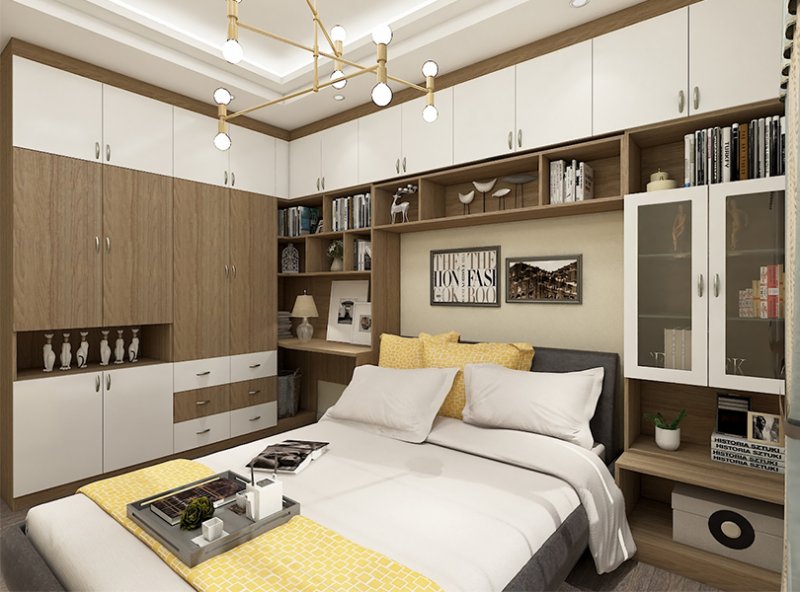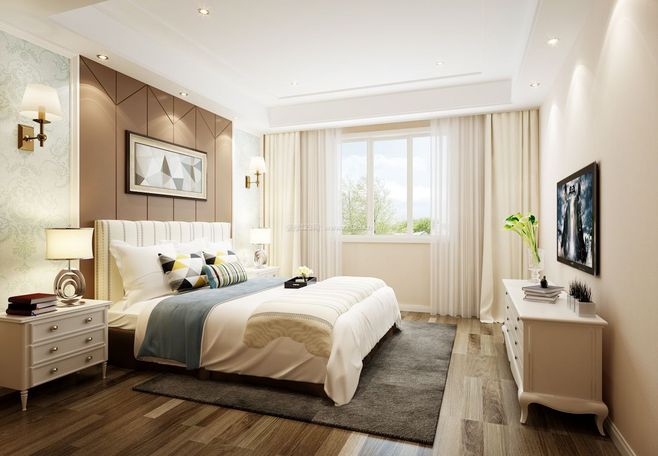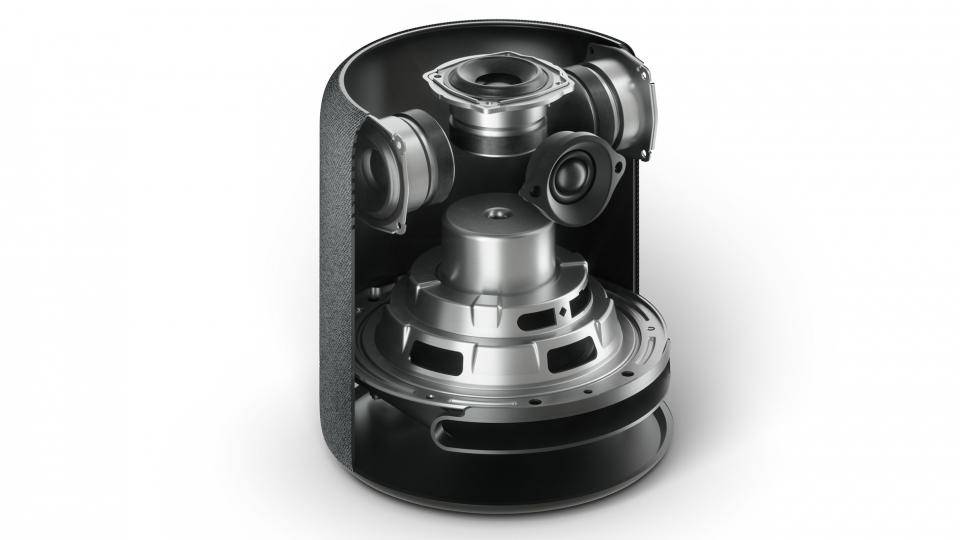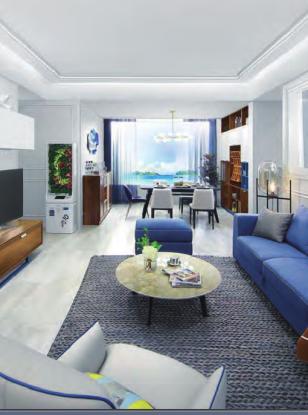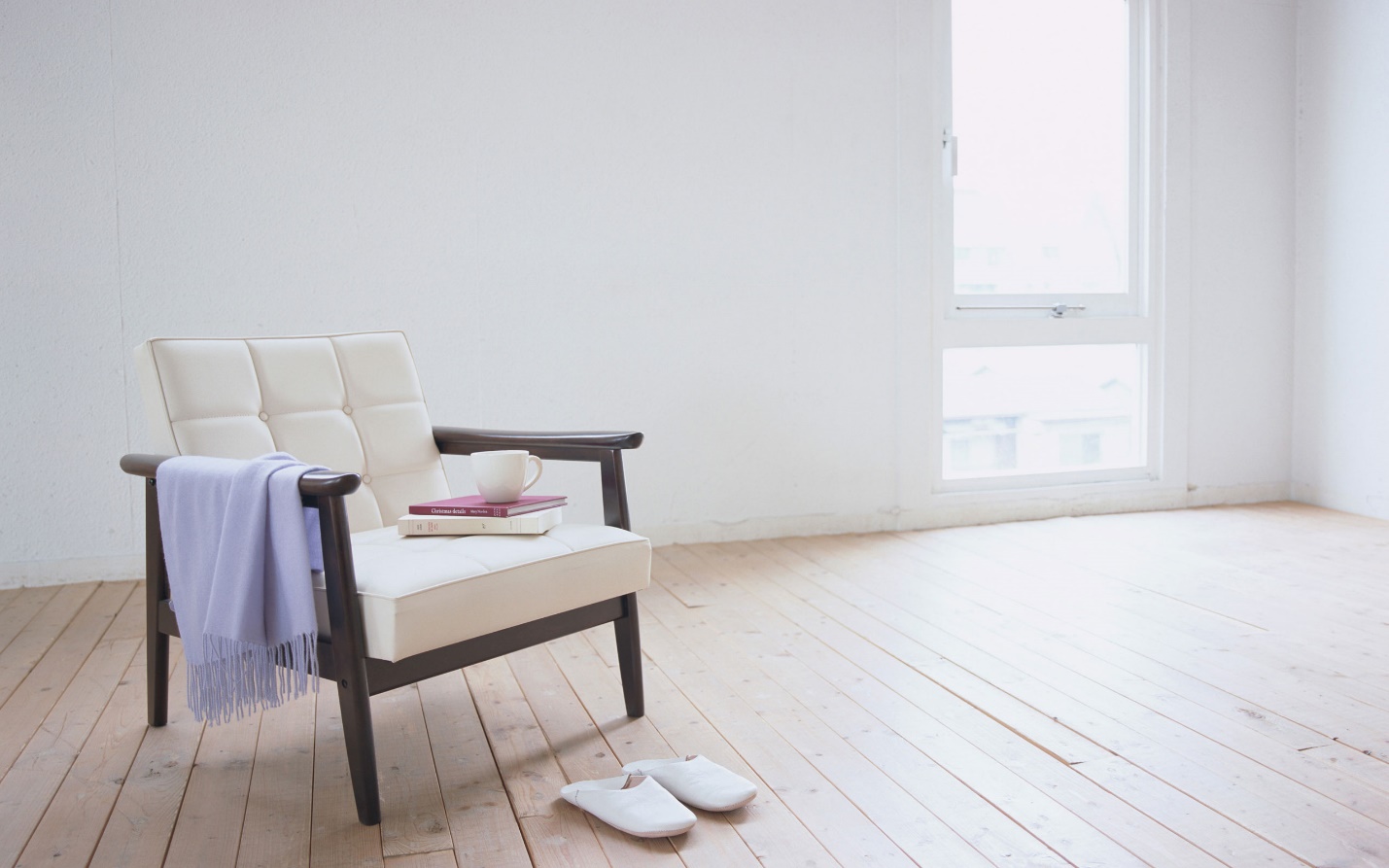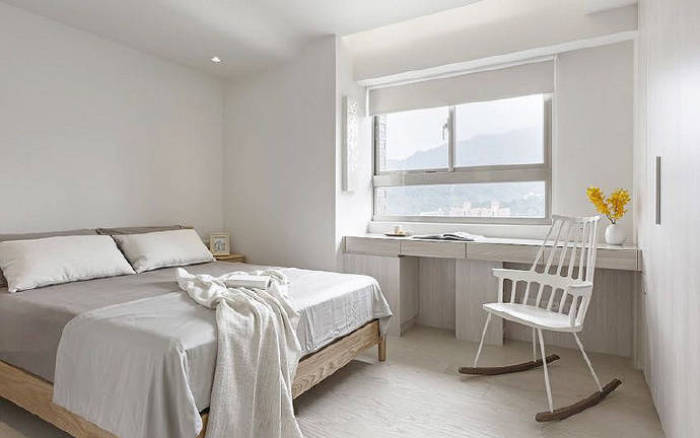With an ever-growing interest in the field of architecture to go green, it should come as little surprise that agricultural architecture—specifically that of wineries—has seen a surge in promoting sustainability. From tasting rooms to storage facilities to offices, new buildings at wineries across North America are being constructed with eco-friendly technology to reduce the impact of the wineries on the natural environment. And, impressively, many of these wineries are family-owned. Here are seven of our favorite wineries that have structures with LEED (Leadership in Energy and Environmental Design) certification.
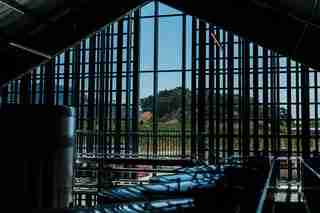
Silver Oak Winery, Oakville, California
Founded by friends Raymond Twomey Duncan and Justin Meyer in 1972, Silver Oak , which is still owned and operated by the Duncan family, was the first production winery in the world to receive LEED Platinum certification—the highest level of sustainability recognition by the U.S. Green Building Council. In addition to features like solar panels and night-air cooling, the winery has replaced its lawn with turf, which saves about one million gallons of water a year. Silver Oak is also working on opening a second, even “greener” location, which might become the first net-zero energy, net-zero water production winery in the world (pictured here).
“As an American heritage winery, we care about the message our product sends and so do our loyal Silver Oak fans. Our goal in building green was to create sustainable methods that could be replicated moving forward, to advance the green methods wineries have at their fingertips,” Silver Oak CEO David Duncan tells AD .
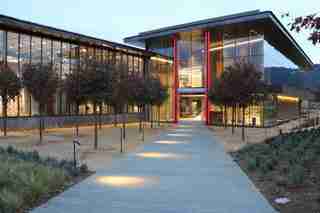
Hall St. Helena, St. Helena, California
The Hall family’s St. Helena winery became the first in California to receive LEED Gold certification in 2009, following up with additional LEED Gold certifications for its tasting room and production facility. Its sustainable elements include renewable energy systems (like solar power), an advanced stormwater runoff catchment process, and the use of recycled material in its shipping boxes, among many others.
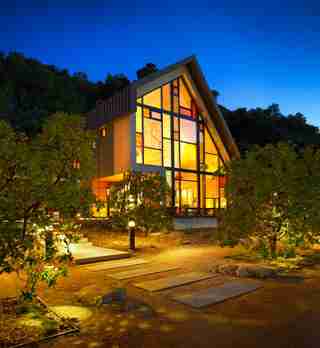
Shale Oak Winery, Paso Robles, California
Owned by Al Good, a California transplant by way of Virginia, Shale Oak received LEED Silver certification for its tasting room, which has an impressive stained-glass facade and adjacent processing facility. Natural sunlight helps illuminate the interiors during the day, thanks to sun tubes and large windows, a rooftop solar array provides renewable energy, and a rainwater catchment and graywater systems help reduce the winery’s water usage.
Southbrook Vineyards, Niagara-on-the-Lake, Ontario, Canada
Though the farmland that the winery sits on was originally cultivated in the 1860s, the Redelmeier family purchased it in 1941, transforming it into Southbrook Vineyards . The striking monolithic main building, which features a lengthy periwinkle wall on one side and floor-to-ceiling windows on the other, has over 95 percent of its space lit by sunlight, and from its vantage point it offers great views over the vineyard. A reed-lined bioswale—or a drainage ditch—removes pollutants from wastewater.
Sokol Blosser Winery, Dundee, Oregon
Founded by husband-wife duo Bill Blosser and Susan Sokol, whose children Alex and Alison now run the company, Sokol Blosser was the first winery in the United States to receive LEED Certification in 2002, which was awarded to its barrel cellar. Built into the earth and covered by natural vegetation, the cellar has a night-air cooling system that maintains a brisk temperature range year-round.
Stoller Family Estate, Dayton, Oregon
Stoller Family Estate , operated by the Stoller family, was the first winery in the world to receive LEED Gold certification. “From the very beginning, I endeavored to build a legacy that would extend beyond my generation and my children’s generation,” said owner Bill Stoller in a statement. The winery produces enough power from its solar panels to be an energy neutral facility, it has naturally-cooled barrel aging cellars, and it was built with regional or recycled materials. It’s one of the founding members of the Carbon Neutral Challenge and is also certified Salmon Safe, meaning the vineyard has measures in place to prevent erosion and maintain excellent water quality.
Cooper Vineyards, Louisa, Virginia
While many wineries are located on the West Coast, Virginia has also made a name for itself as a wine destination. Cooper Vineyards , owned by husband-wife team David and Susan Drillock, is one of the state’s wineries with a LEED Platinum–certified tasting room—in fact, it was the first East Coast winery to earn the accolade. Aside from being built using eco-friendly materials and methods, the tasting room has two two-story glass walls that allow visitors to experience the natural landscape outside, adding to the “green” experience.
